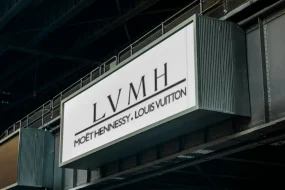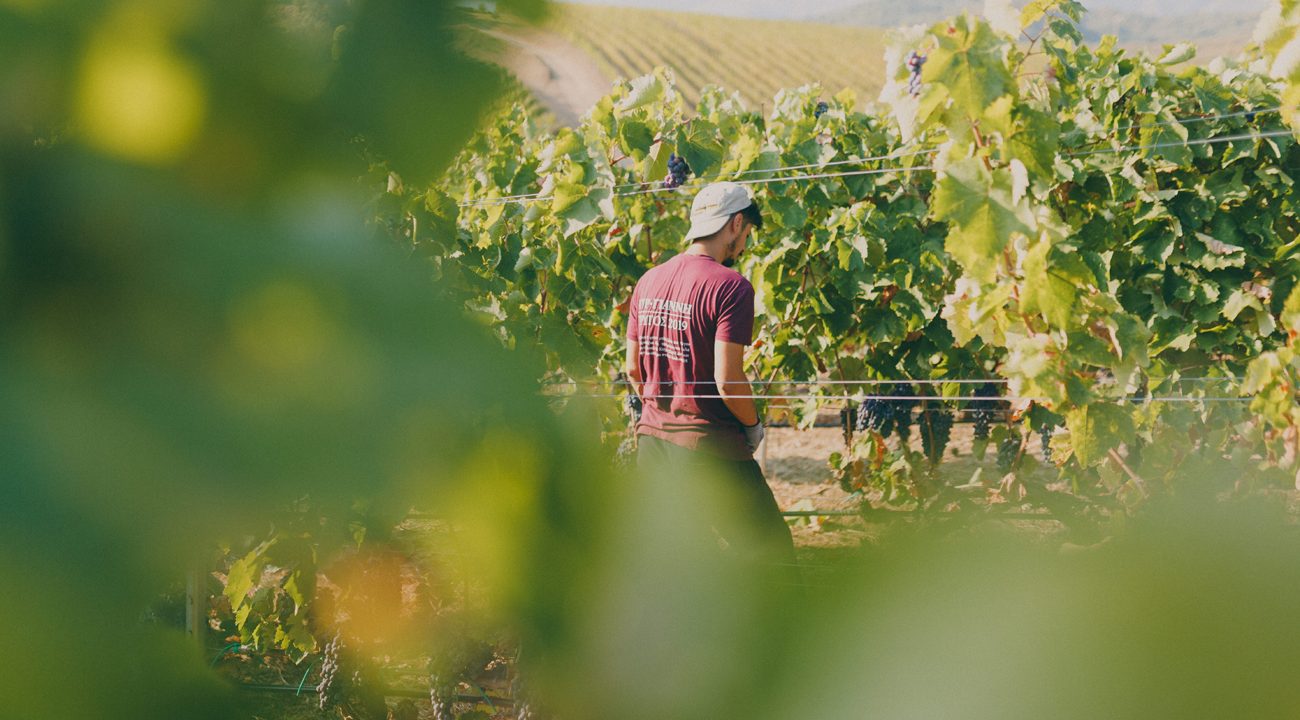
Europe is a treasure trove for wine enthusiasts, offering a rich tapestry of vineyards with the continent’s diverse wine culture. From the rolling hills of Tuscany to the sun-drenched vineyards of Bordeaux, each region boasts unique characteristics that influence the wines produced there. In this blog, we’ll explore some must-visit vineyards and delve into what makes European wines distinct.
Must-Visit Vineyards in Europe
1. Tuscany, Italy
- Castello di Ama: Nestled in the Chianti region, this vineyard combines stunning art installations with exceptional wines. Their Chianti Classico is a must-try.

- Antinori nel Chianti Classico: This modern winery offers a glimpse into the Antinori family’s 600-year winemaking tradition, with tastings that highlight their renowned Sangiovese wines.
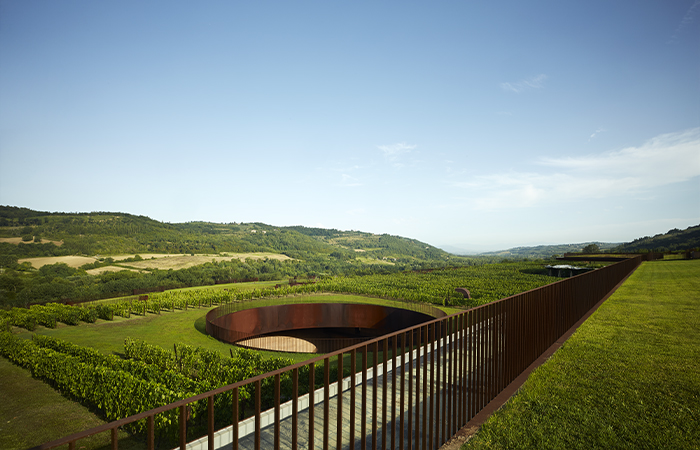
2. Bordeaux, France
- Château Margaux: One of the most prestigious wine estates in the world, Château Margaux produces exquisite red wines that are a benchmark for Bordeaux blends.

- Château Pichon Longueville Baron: Known for its elegant wines, this vineyard offers tours that include tastings of their acclaimed Pauillac wines.

3. Rioja, Spain
- Marqués de Riscal: Famous for its innovative architecture and rich history, this vineyard produces some of the finest Tempranillo wines in the region.

- Bodegas Ysios: With its striking modern design, Ysios focuses on producing high-quality wines that reflect the terroir of Rioja Alavesa.
4. Mosel Valley, Germany
- Weingut Dr. Loosen: Renowned for its Rieslings, this vineyard offers breathtaking views of the Mosel River and tastings that highlight the region’s unique slate soils.
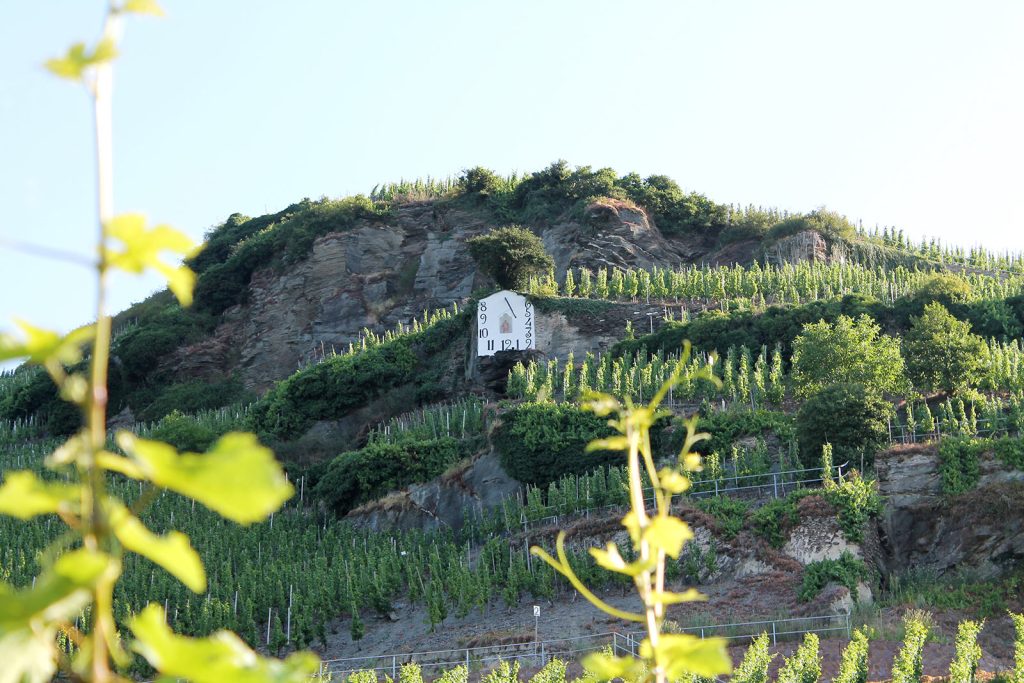
- Weingut Markus Molitor: This family-run estate is known for its exceptional Rieslings, showcasing a range of styles from dry to sweet.
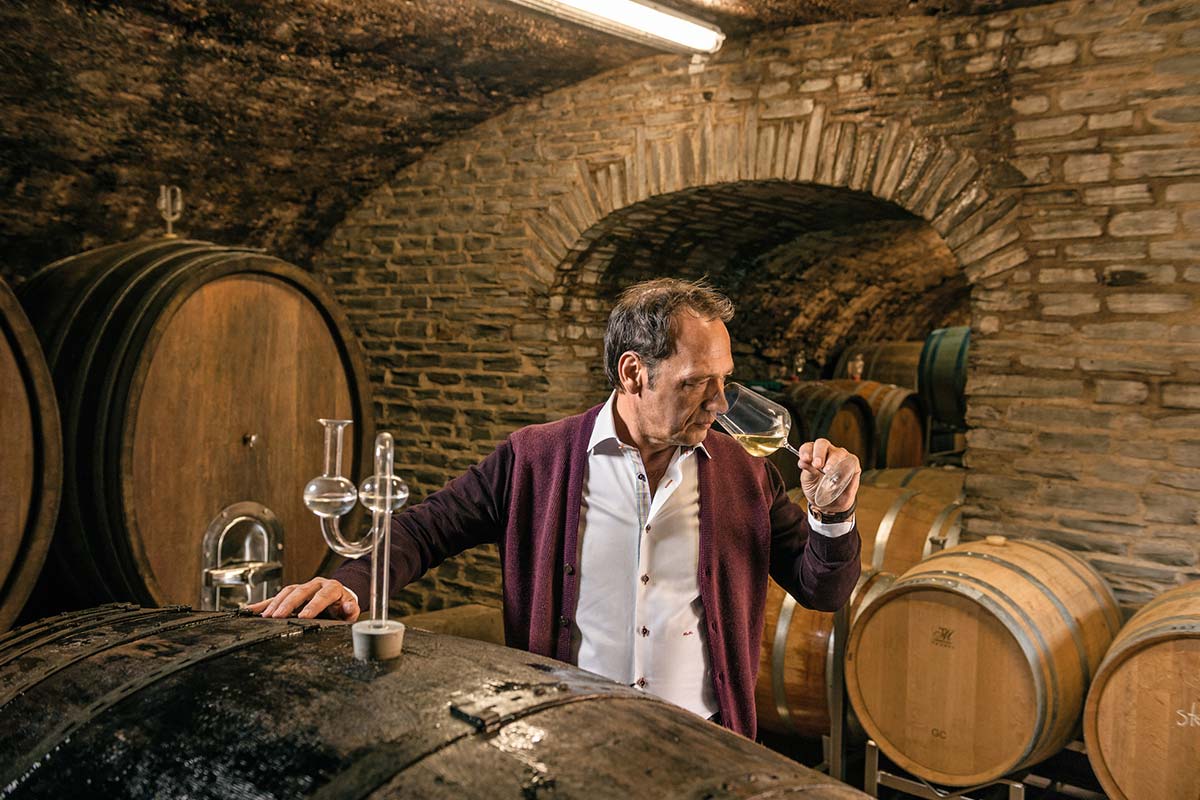
What Makes a Difference in Wine?
When it comes to understanding the differences in wine, several factors come into play, particularly in Europe:
Terroir
The concept of terroir encompasses the unique environmental conditions of a vineyard, including soil type, climate, and topography. This influences the flavor profile of the wine. For instance, the limestone soils of Burgundy contribute to the minerality of its Pinot Noir, while the clay and gravel of Bordeaux enhance the richness of its blends.
Winemaking Traditions
European winemaking practices are often steeped in tradition, with many vineyards using techniques passed down through generations. This can include everything from the choice of grape varieties to fermentation methods. For example, many Italian vineyards still use traditional methods like appassimento for their Amarone wines, which involves drying grapes to concentrate their flavours.
Regulations and Standards
European wines are often subject to strict regulations that govern everything from grape growing to labeling. The European Union’s Protected Designation of Origin (PDO) system ensures that a specific region adheres to certain quality standards. This can affect the style and quality of the wine produced, as seen in the stringent rules governing Champagne production.
Cultural Drinking Habits
The way wine is consumed also varies significantly between Europe and the United States. In Europe, wine is typically enjoyed with meals, often accompanied by water and a variety of healthy foods. This cultural approach can lead to a different experience of the wine, as the food and water help moderate the effects of alcohol and enhance the flavours of the wine. In contrast, American wine consumption often involves less food variety and quicker drinking, which can lead to a different perception of the wine’s effects.
Conclusion
Visiting vineyards in Europe is not just about tasting wine; it’s an immersive experience that allows you to appreciate the intricate details that make each bottle unique. From the terroir to the winemaking traditions and cultural practices, understanding these differences can deepen your appreciation for European wines. So pack your bags, grab a glass, and embark on a journey through the vineyards of Europe!
Read more on Lifetips.blog











